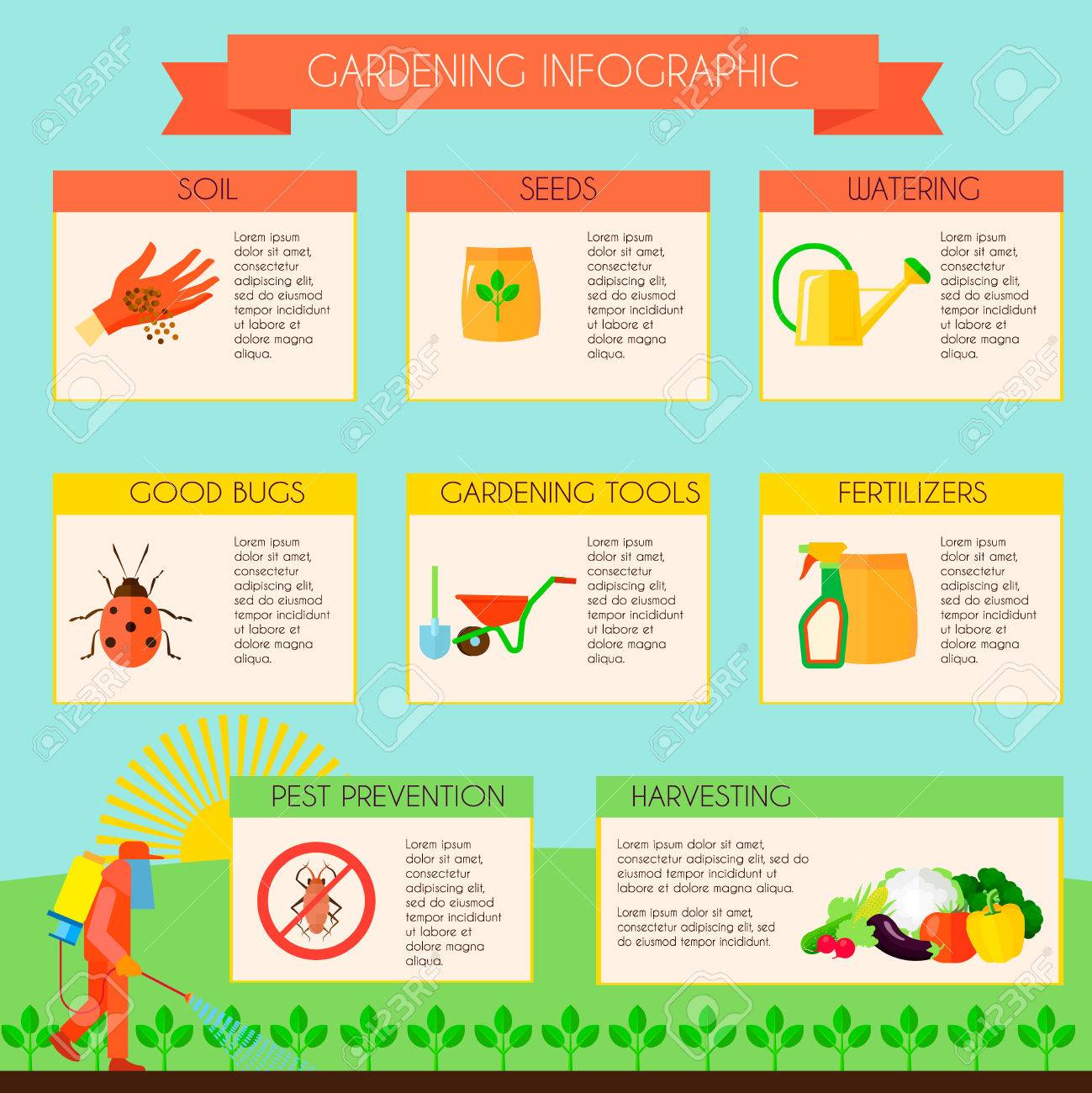Insights From Professionals On Rodent Behavior For Successful Parasite Control
Insights From Professionals On Rodent Behavior For Successful Parasite Control
Blog Article
Content Produce By-Arsenault Albrektsen
Picture being able to prepare for the relocations of your challengers in a game of chess, constantly staying one step in advance.
https://kylernidxr.blogofchange.com/26281362/taking-care-of-insects-in-your-house-discover-just-how-expert-pest-control-services-can-assist-you-in-removing-usual-household-pests of insect control, recognizing rodent actions resembles having that calculated advantage. By obtaining specialist insights right into the nesting habits, feeding patterns, and communication and social behavior of rats, you can successfully fight these pesky creatures.
But exactly how precisely do rats behave, and why is it vital to recognize? In this discussion, we will certainly unravel the mysteries of rodent habits, providing you with useful knowledge that will aid you stay ahead in the fight against bugs.
Are you prepared to discover the tricks of these shrewd creatures?
Nesting Behaviors
To recognize rodent habits and successfully control parasites, it's important to gain understanding into their nesting practices.
Rodents, such as mice and rats, have a natural impulse to locate shelter and develop nests where they really feel safe and secure. These nests serve as their homes, breeding grounds, and storage space locations for food. Recognizing their nesting routines can help you determine potential locations of invasion and execute targeted control measures.
Rats commonly like nesting in dark, private spaces, such as attic rooms, cellars, crawl spaces, and wall surface spaces. They make use of materials like shredded paper, fabric, insulation, and also chewed-up electric cords to develop their nests.
Feeding Patterns
Rodents exhibit distinctive feeding patterns that play a crucial duty in their habits and can inform effective bug control approaches. Understanding these patterns is crucial for executing successful pest control measures.
Rats are opportunistic feeders, meaning they'll consume whatever food is readily available. They like high-calorie foods such as grains, nuts, and seeds. This is why correct storage space of food and waste monitoring are critical in protecting against rodent invasions.
Furthermore, rats are nocturnal, which suggests they're most active during the evening when they look for food. By recognizing their feeding patterns, you can purposefully put catches and baits to maximize their efficiency.
Keeping food resources hard to reach and maintaining a clean setting can assist prevent rodents and decrease the risk of invasion.
Interaction and Social Behavior
Recognizing exactly how rodents connect and communicate socially is crucial for efficient pest control strategies. Rats, like computer mice and rats, have complex interaction systems that they make use of to convey information to every various other and collaborate their tasks. Right here are 3 key elements of rodent communication and social habits:
1. Articulations: Rats create a vast array of singing noises, consisting of squeaks, chirps, and chattering, to interact with each other. These vocalizations can communicate various messages, such as risk cautions or mating phone calls.
2. best termite treatment chemicals noting: Rodents use scent glands to leave chemical signals on items and in their atmosphere. These scent marks act as territorial limits and communicate information concerning reproductive status, prominence, and social association.
3. Social hierarchy: Rodents have an ordered social structure, with dominant individuals having access to resources and liked nesting sites. Understanding this pecking order is necessary for targeting bug control efforts and determining essential individuals for elimination.
Conclusion
So, there you have it - a short look right into the remarkable globe of rodent actions. By understanding their nesting behaviors, feeding patterns, and communication, we can better deal with the issue of insect control.
Did just click the next article know that a women mouse can create up to 10 litters per year, with each trash consisting of around 5-6 pups? find local pest control of punctual and effective insect management to prevent rodent populations from spiraling uncontrollable.
